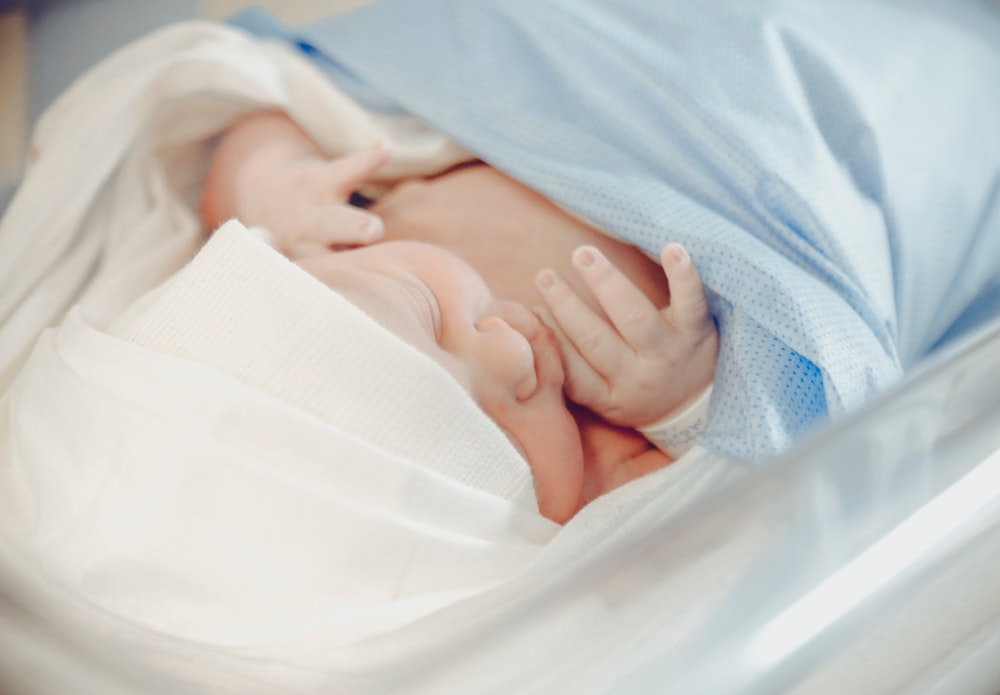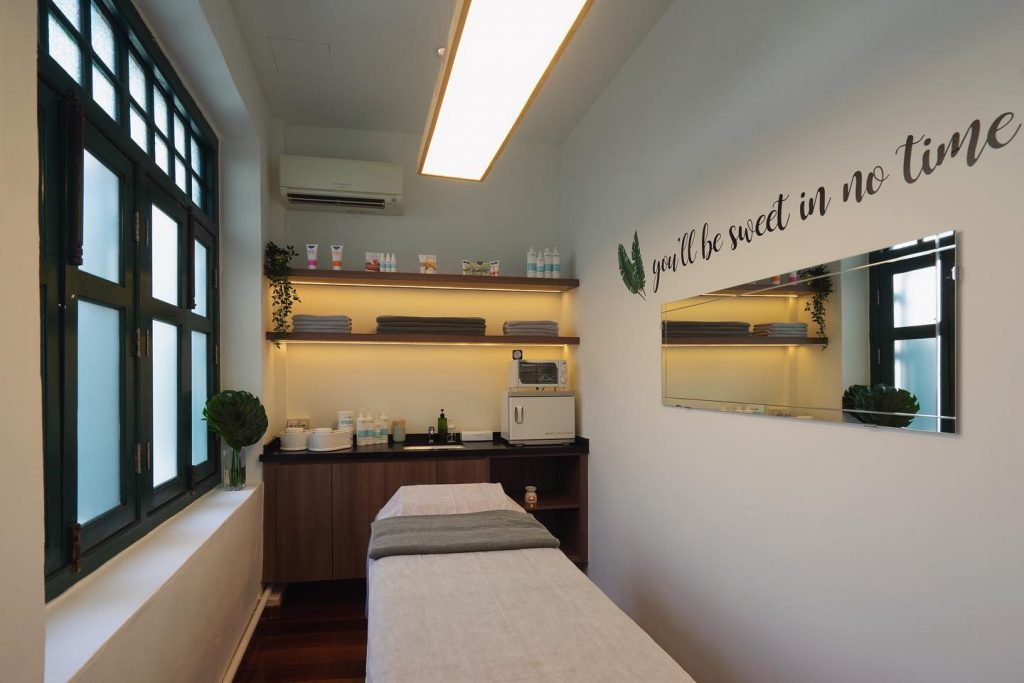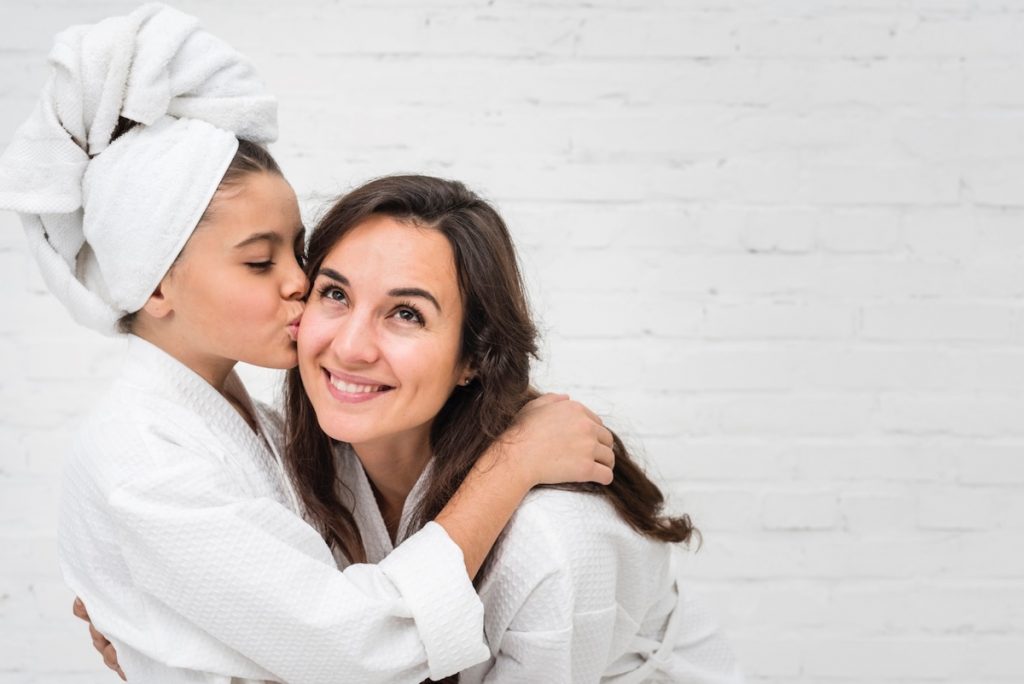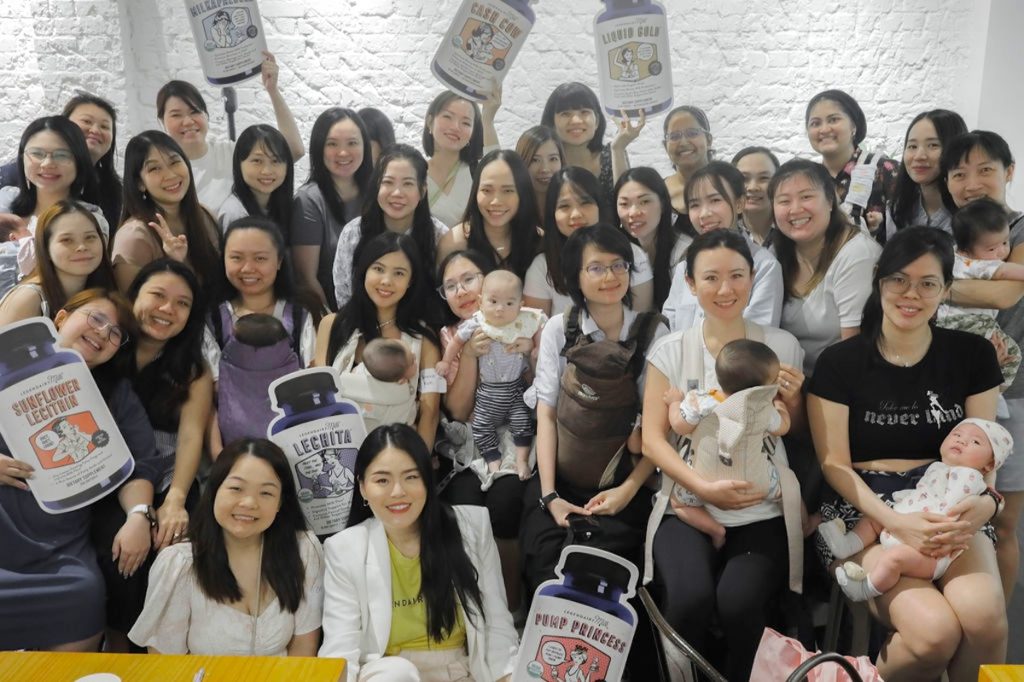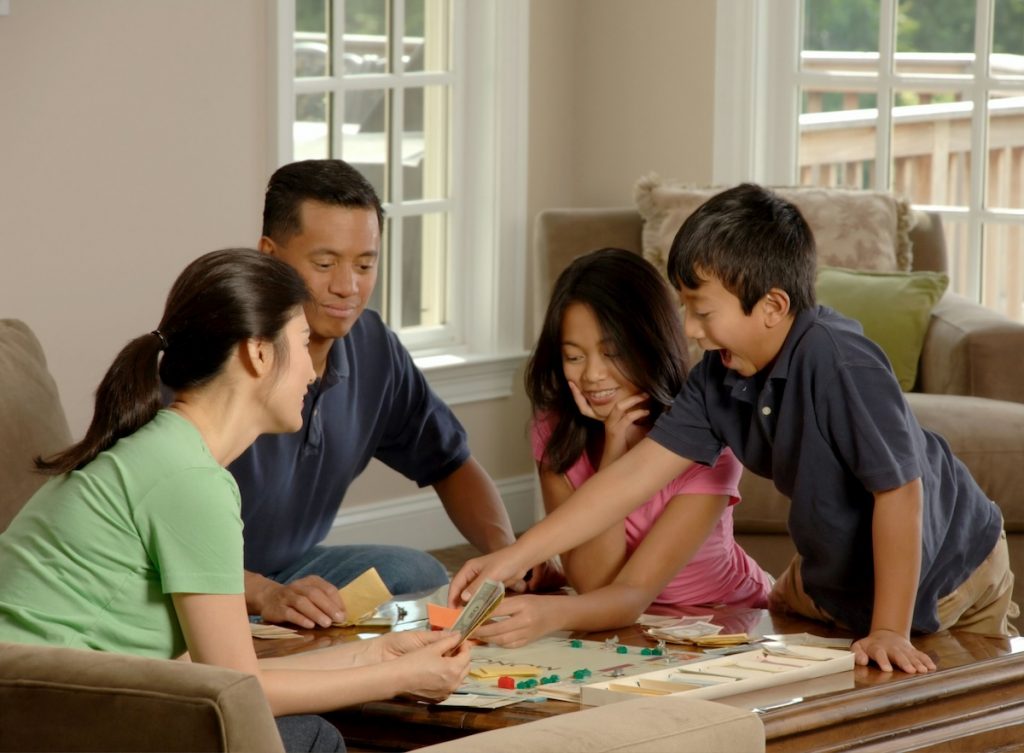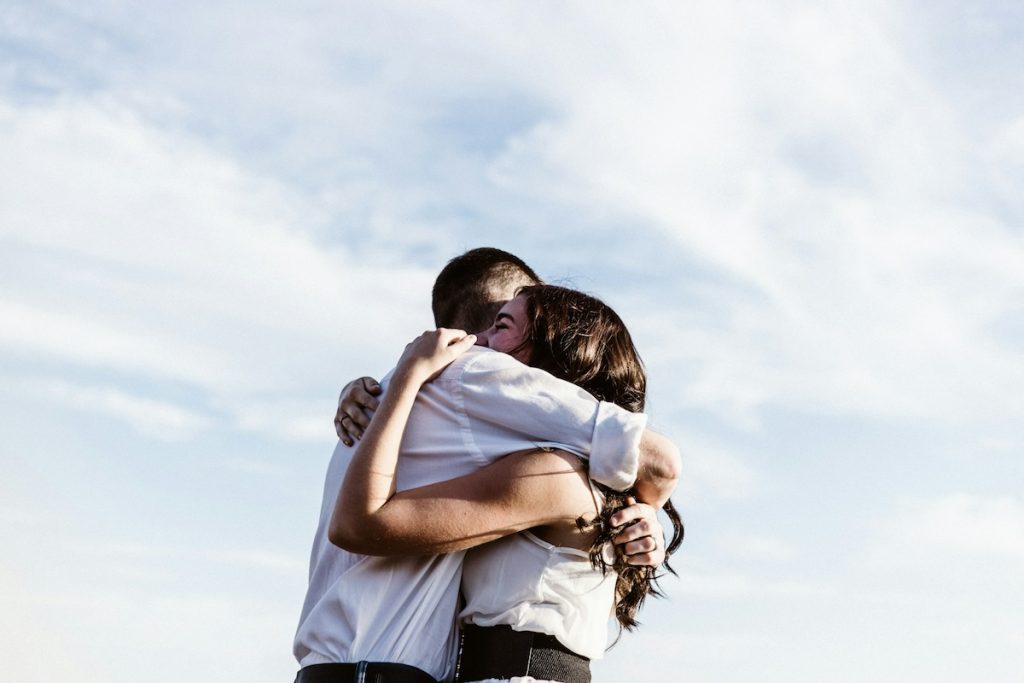While we have written articles on sleep before, this article deep-dives into the crucial first year. It focuses on understanding babies’ sleep patterns, what studies have shown about sleep training and safe sleeping. We’ve also consolidated the best baby sleep tips and the essentials for both parents and babies to get as much sleep as possible.
Baby Sleep Patterns
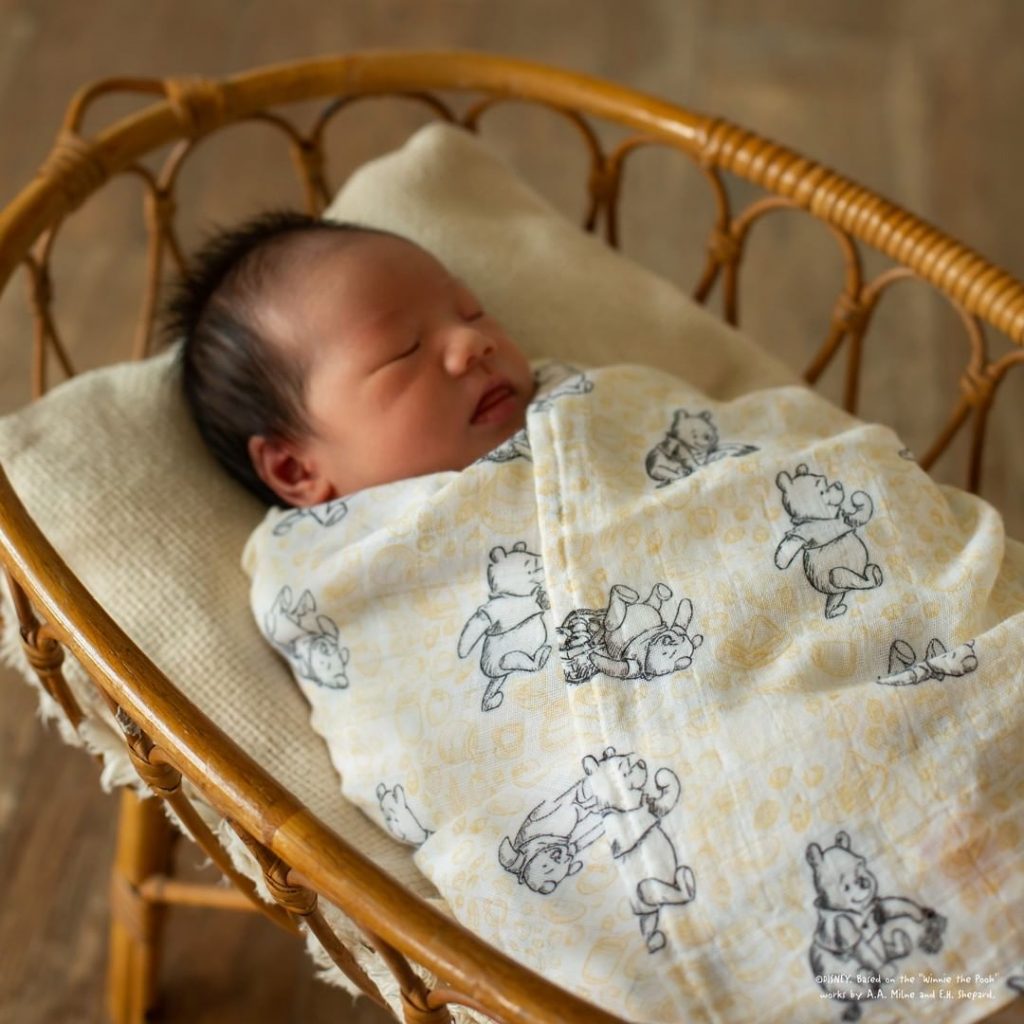
While Sleeping
Like adults, babies also have rapid eye movement (REM) sleep, and non-REM sleep. The former is a light sleep when dreaming, and the eyes move back and forth rapidly. As they get older, they spend less time in REM sleep.
Non-REM sleep, on the contrary, begins with drowsiness, light sleep, then deep sleep and very deep sleep. Babies will progress through the four stages, and then back till they reach light sleep. Especially in the first few months, they may awake and have difficulty going back to sleep during the light sleep phase. Babies spending time in a state where they are easily awakened may help reduce SIDS.
Awaking
After the end of a sleep cycle, a newborn awakes and is very still, taking in the environment. Babies may also look or stare at objects, and respond to sounds and motion. When babies start moving actively, paying more attention to sounds and sights, they have entered an active alert phase. This is also the best time to feed your baby. Next, babies will start crying, so you’ll need to calm them, either by swaddling them or holding them close. Attempting to feed your baby during this time may result in your baby refusing the breast or bottle, as crying is a late sign of hunger.
Baby Sleep Training
In a study done by Wendy Hall et al, which involved 235 babies and their parents, researchers found that parents who sleep trained their babies thought their babies slept for longer periods and awoke less at night. However, sleep-trained infants woke up just as often as those in the control group; they just didn’t signal their parents and could fall asleep again on their own. Another interesting finding was that sleep trained babies were able to sleep 16 minutes more on their own for their longest sleep stretch.
If you intend to sleep train your baby, wait until six months old. However, consider if your baby is more prone to psychological damage – if they have anxious or sensitive temperaments, have experienced trauma or have been in foster care. Sleep training for such individuals is not recommended.
Sleep Training in the Long Term
The same study also showed that sleep training helped their babies, although mums rated having someone to talk to the highest. However, 56 per cent of sleep training mothers reported their babies still had sleep problems at 10 months, and 39 per cent at 12 months. Similarly, a Canadian questionnaire found that parents had to repeat controlled crying between two and five times in the baby’s first year. By age two, the Australian study found that sleep training improvements disappeared.
If sleep training and all the other gentle sleep approaches don’t work for you because all your little one wants is you, don’t fret. Do what works for you as safely as you can, in order to get the rest you need.
Safe Sleep
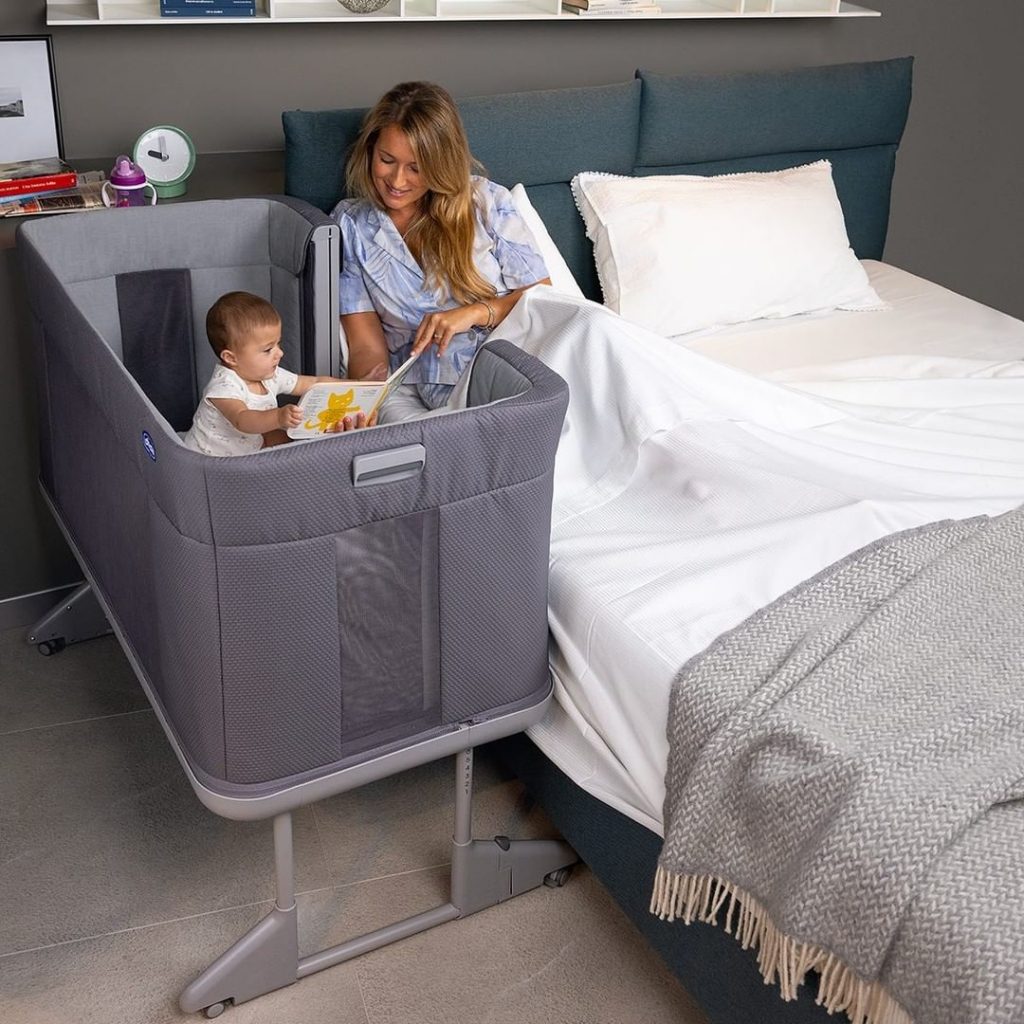
Each year in the United States, about 3,400 sudden unexpected infant deaths or SUID occur among infants less than one year old. In 2020, about 1,389 deaths were due to SIDS, 1,062 due to unknown causes and around 905 caused by accidental suffocation and strangulation in bed. In Singapore, the figures for 1989 to 1993 were considerably lower at 206 in total. Of these, 31 per cent had sudden natural deaths with minimal findings, which may represent cases of Sudden Infant Death Syndrome.
It is quite preventable, however, if you follow the safe sleep guidelines. Infants should be placed on their backs for sleep in their own sleep space, such as a crib, bassinet, or portable play yard. These should comprise a firm, flat mattress and a fitted sheet. Minimise sleeping on couches, armchairs and car seats, except when in the car. While blankets, pillows, stuffed toys, and bumpers etc may be adorable, it’s best to keep them out of the sleep space. Don’t panic if you’ve understandably fallen asleep while feeding your baby in your bed, just put them back in the crib as soon as you wake up.
Motherswork Recommends: Convertible Cribs that grow with your child and bedding
Safely Co-Sleeping
In order to do this, remove all extra pillows and blankets, and tuck the sheet securely under the mattress. Follow as much of the safe sleep guidelines below, and ensure no other pets or children are in the bed. Additionally, co-sleep only if you and your partner are non-smokers and non-drinkers. Avoid co-sleeping if you’ve taken drowsy medications, or if your baby was born premature or at a low weight.
Motherwork Recommends: Chicco Next2me Forever Co-Sleeping Cot and Hauck Face To Me Bedside Cot with Anti-Reflux Position & Adjustable Heights ($359 to $690)
Breastfeeding to Reduce SIDS
Some benefits of breastfeeding include reducing respiratory and gastrointestinal infections. This thereby reduces the risk of SIDS while concurrently protecting against respiratory syncytial viral infections. This virus may cause lung inflammation that could contribute to SIDS. At two to six months old, babies’ immunity from their mothers’ antibodies gradually disappears so the immunity factors in breast milk can fill this gap while babies make their own antibodies.
Additionally, human milk provides vital fats like DHA for myelin, which is the insulating sheath around nerves to help impulses travel faster. Some infants who died of SIDS were discovered to have deficient myelination in the nerves around the respiratory control centre. The greatest degree of myelination occurs during the first half year of your baby’s life.
Baby Sleep Tips
Sleeping Environment

Keep the Room Cool
A cooler room for babies at around 19 – 21℃ can help their bodies get to the lower temperature faster to encourage deeper sleep. However, don’t go to the extreme of bundling your baby up excessively with blankets, as overheating increases their risk of SIDS. Try sleep sacks or a baby swaddle such as Love to Dream, The Elly Store and Little Rei x Maison Q ($29 to $87) instead. If your baby resists these, increase the temperature slightly so that your baby can sleep comfortably in a onesie.
Hello Darkness, My Old Friend
Keep the room as dark as possible to promote melatonin, the sleep hormone to help them sleep better. Use blackout blinds or curtains to keep out the light as much as possible or move your baby to another room with less light peeking through. Other sleep aids you could consider are white noise machines – you can even turn your iPhone into one, soft music, or pink or brown noise.
Building a Sleep Routine
Start a bedtime routine as early as you can – begin simply by feeding them, changing their diapers, talking, playing, cuddling and then putting them back to sleep. After all, their wake windows are as short as 45 minutes as newborns. As they get a little older, you may want to include a bath, or a wipe down for little babies, a night feed, changing their diapers, wiping their gums, a bedtime story or songs. A consistent sleep routine helps babies fall asleep, stay asleep and learn. This is also a great time to help you bond with your little one. It’s best to start this routine about 30 to 45 minutes before their normal drop-off time.
Night Wakes
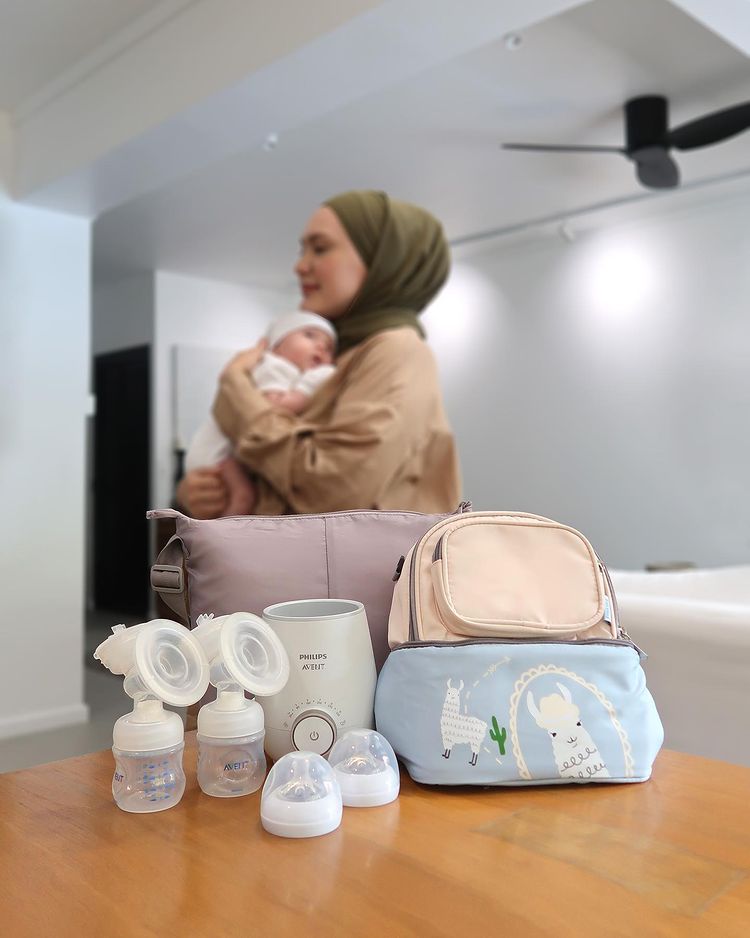
Have diapers, changes of clothes and swaddles, diaper cream, wet wipes, waterproof protectors and other essentials near your baby’s crib. With some practice, you should be able to efficiently get your baby changed so they can go back to sleep. It’s best to use red or yellow-hued night lights, but leaving the door ajar with the light from the hallway can also work for feedings and diaper changes.
For night feeds, try to gather all your breastfeeding and pumping essentials with you to reduce trips to the kitchen and back. Store your pumped breast milk and breast pump ($9.50 to $899) in a mini fridge and have sterilised bottles and a bottle warmer by your side. Similarly, pre-fill formula containers with the desired amount of formula milk powder, and have a jug of warm water in the room with you.
Motherswork Recommends: Formula containers from Pigeon and Beaba ($8.90 to $16.90)
Get Some Sun
Studies showed that babies exposed to more early afternoon light were able to sleep better at night. This suggests that light in the normal domestic setting has an influence on the circadian system development. Safely exposing your babies to 15 minutes of sunlight can help their circadian rhythms adjust quicker than those exposed to artificial indoor light. Other benefits include increased vitamin D, serotonin and insulin levels, and helps with jaundice.
Take Them Outside
Going stir crazy at home watching for wake windows and sleepy cues? Dr Pamela Douglas of Possums & Co recommends taking them outdoors instead. Taking them outdoors exposes your little ones to a world full of rich sensory nourishment, helping them dial down, while building sleep pressure so they fall asleep outdoors. Walk down the street or to the park, or look outside the window if you can’t muster the energy to bring your baby out. Dr Douglas suggests that they will naturally sleep when they need to, and you can enjoy being socially and physically active.
Let Your Baby Sleep
When they’re about to fall asleep, don’t feel obligated to burp them or diaper them if they’ll wake up in the process. Researchers studied 70 infants and concluded that burping didn’t make babies cry less, but actually increased their chances of regurgitating after a meal. Another experiment suggests that babies don’t wake up when their diapers are wet.
Surviving on Little to No Sleep
For parents who are struggling with sleep deprivation as they adjust to their baby’s schedule, try these tips – it’s hard, we feel you! You’ve heard it said a million times – sleep when the baby sleeps. If your other children are at school and you have this precious time to recoup your sleep debt, go for it and have a well-earned nap. Declutter before you give birth, outsource household chores to grandparents when they pop by or get a part-time cleaner, at least until your baby starts sleeping better. For meals, try tingkat, or a host of food delivery apps.
During this time, prioritise sleep instead of work or scrolling on social media. As soon as you can, shower and do your skincare and get some rest. If possible, get your partner to help by sharing the feeds, changing the diapers or dressing your little one. Additionally, relatives or friends can help you get a nap while they cuddle and play with the baby or stay over for a few nights to catch up on your sleep. Get out for a walk every day with your baby – the motion might help your sleep-adverse little one to fall asleep and you celebrate with a cup of coffee or tea.
Relevant Reads: Baby Sleep



